Small lizards, those tiny titans of the reptile world, offer a fascinating glimpse into the diversity and resilience of nature. Their compact size and vibrant personalities make them not just intriguing subjects of study but also beloved pets in many households.
In this article, we dive into the enchanting world of small lizards, exploring their types, habits, and the role they play in our ecosystems and cultures.
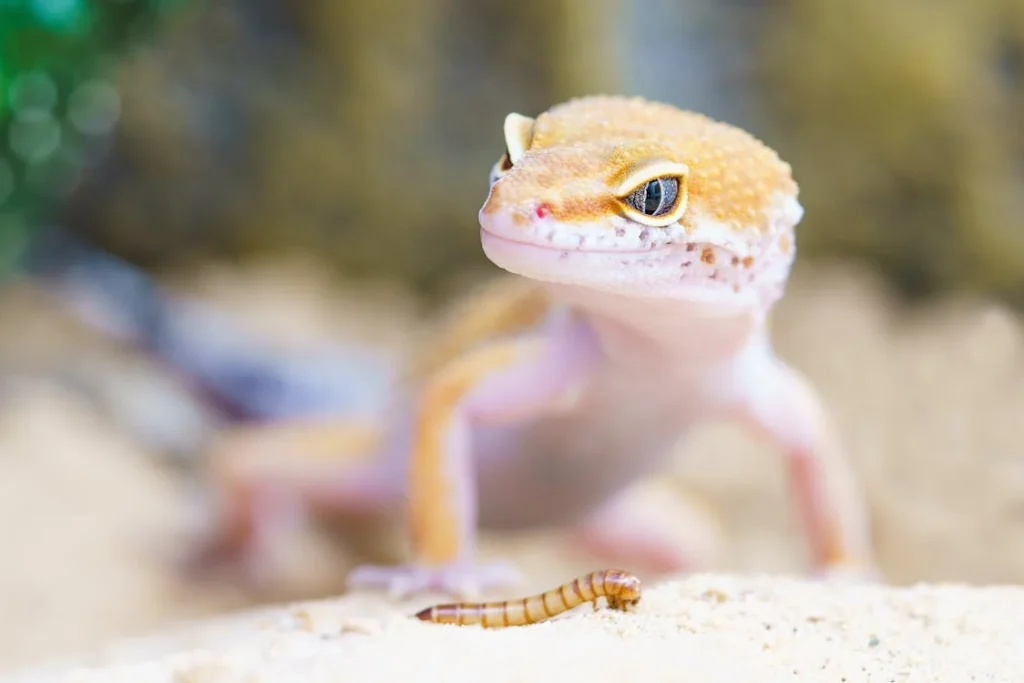
The Tiny Titans of the Reptile World
Small lizards, often overlooked due to their size, are in fact giants when it comes to biodiversity and ecological importance. These diminutive creatures come in an astonishing variety, each adapted to its unique niche in the environment.
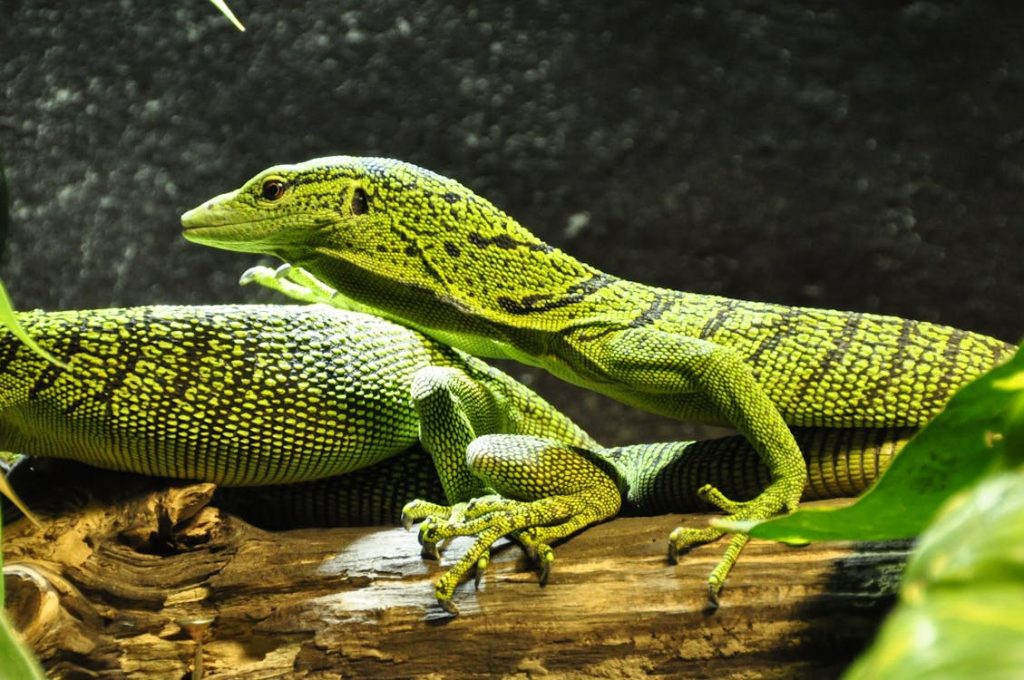
Table of Contents
Geckos
Geckos, with their night vision and wall-climbing abilities, are a testament to evolution’s ingenuity. Their vocalizations, which range from chirps to barks, add a layer of auditory diversity to their habitats.
Common geckos include leopard geckos, crested geckos, and the African fat-tailed gecko. In this line, two of the most common pet lizards are the leopard gecko and crested gecko.
Skinks
Skinks, sleek and secretive, navigate the leaf litter of forests and deserts alike. Their ability to regenerate lost tails is a remarkable survival tactic, showcasing nature’s resilience. The little brown skink is a common pet lizard.
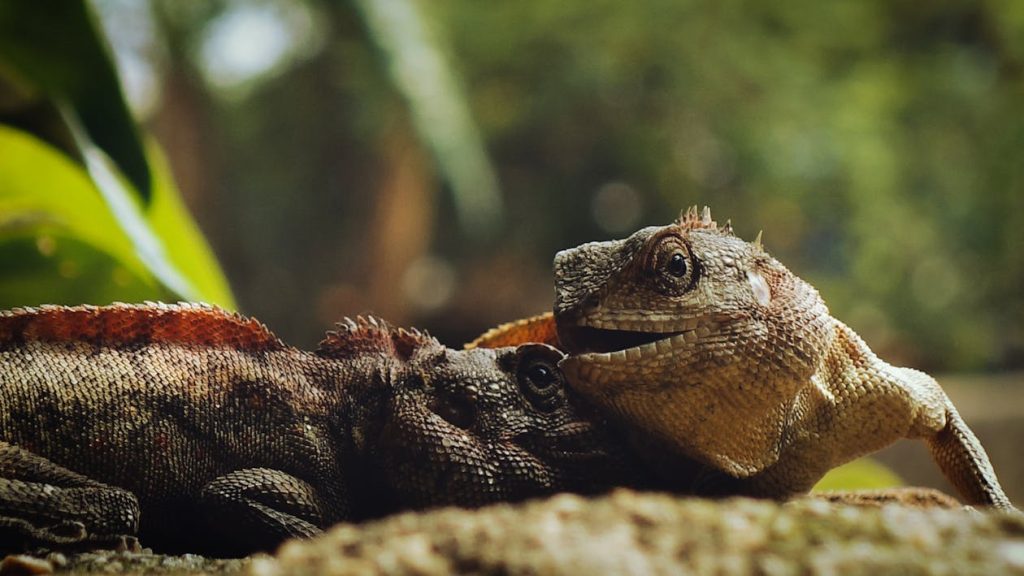
Anoles
Anoles, the adaptable acrobats of the lizard world, demonstrate the incredible versatility of these reptiles. Their capacity for color change, once thought to be for camouflage alone, is now understood as a complex form of communication. A great example would be the green anole.
Together, these small lizards play pivotal roles in their ecosystems, controlling insect populations, pollinating flowers, and serving as prey for larger animals. There are also many other popular lizard species, such as the bearded dragon and spiny-tailed lizards.
Their presence is a sign of environmental health, making their conservation vital for ecosystem balance.
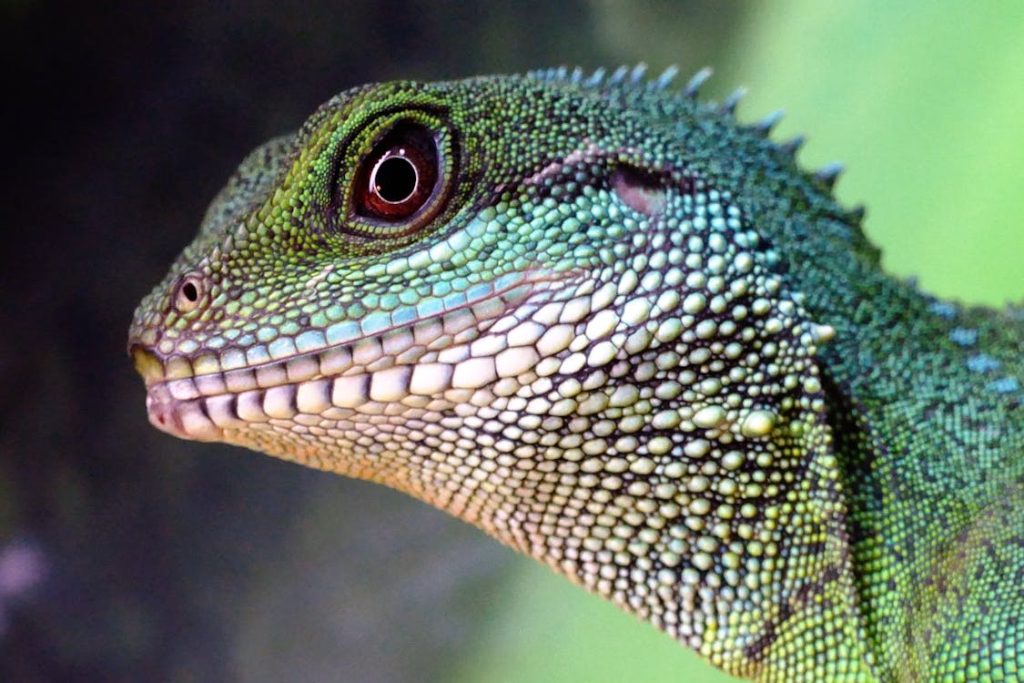
The Secret Lives of Small Lizards
Delving into the shadowy nooks and sunlit crannies of our world, small lizards lead lives filled with intrigue and survival instincts honed over millennia.
Diet and Hunting
These diminutive creatures, often overlooked, play crucial roles in the balance of ecosystems, acting as both predator and prey. Their diets are predominantly tiny insects, a trait that makes them invaluable allies in controlling pest populations.
Armed with keen senses, they navigate their world with precision, hunting with a patience and efficiency that belies their size.
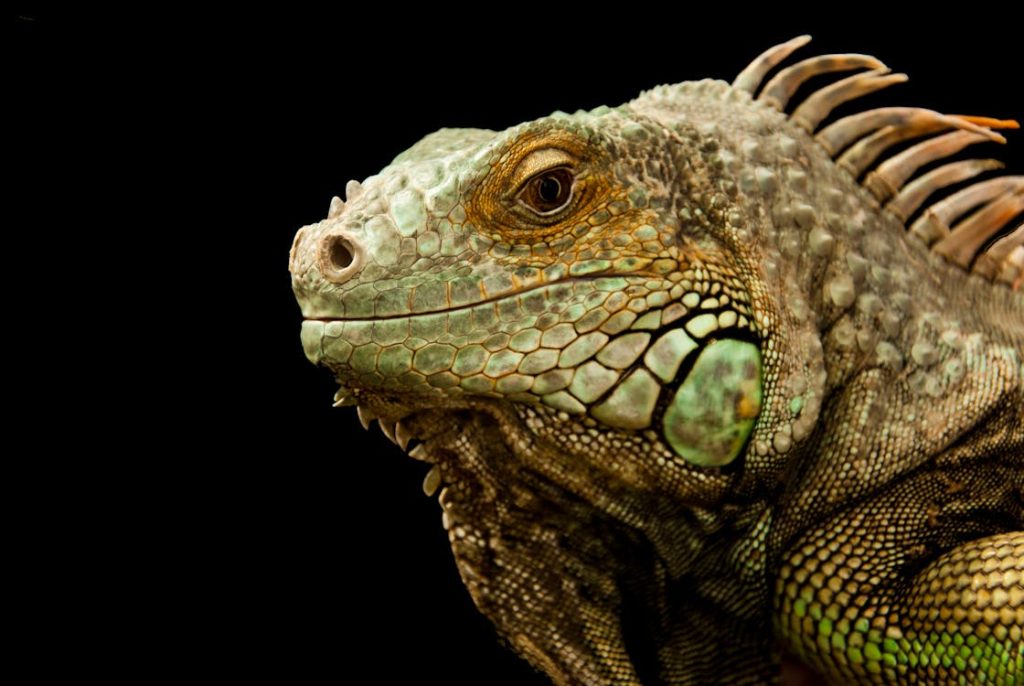
Mating and Reproduction
The breeding season unveils another layer of their secret lives, where elaborate dances of courtship are performed. Colors brighten, and behaviors become exaggerated as males vie for the attention of females, each trying to outdo the other in a display of fitness and desirability.
Once mating concludes, the cycle of life continues, with eggs carefully hidden from predators and the watchful eyes of humans.
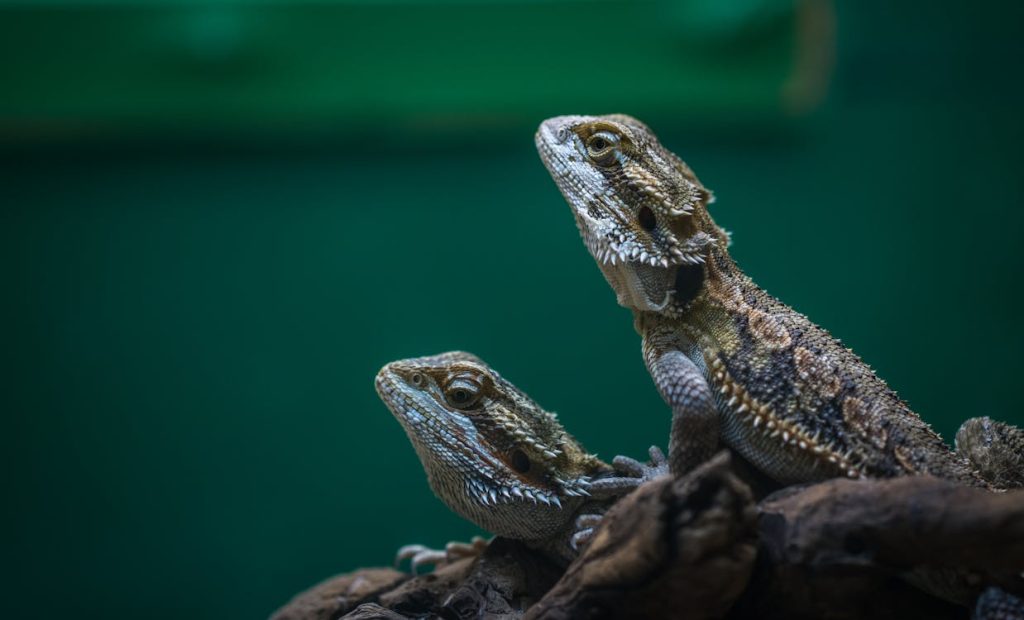
Survival Strategies
Survival for these small lizards is a constant game of hide-and-seek. Their strategies are myriad: some change colors to blend into their surroundings, while others might drop their tails to escape a predator’s grasp, a phenomenon known as autotomy. This ability to sacrifice part of themselves to live another day is a stark reminder of the harsh realities these small lizards face daily.
Despite their small stature, the lives of these reptiles are anything but insignificant.
Through their secret lives, small lizards contribute to the rich tapestry of biodiversity that sustains our planet, reminding us of the wonder and resilience found in even the smallest of creatures.
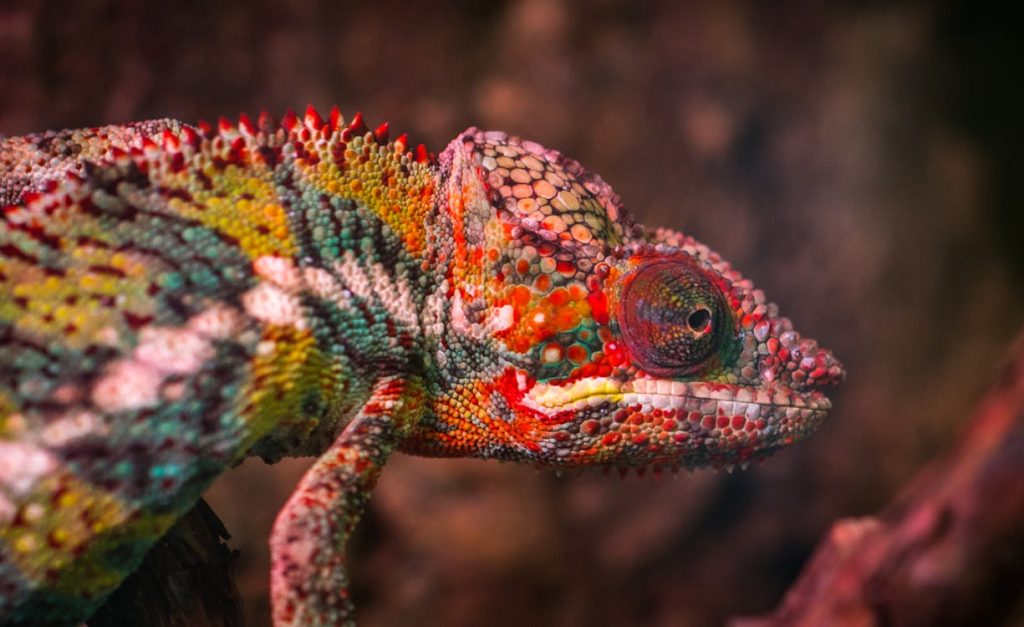
Small Lizards in Human Culture
Small lizards have skittered and slinked their way into the heart of human culture, embodying a fascinating blend of symbolism, fear, and fascination. These reptiles, with their quick movements and sometimes vibrant colors, have been regarded with awe and mystery across various cultures and epochs.
In many societies, lizards are seen as harbingers of good luck and prosperity, often associated with wisdom, regeneration, and the power of adaptation.
Their ability to shed and regrow their tails has made them symbols of healing and renewal, themes echoed in myths and folklore around the globe.
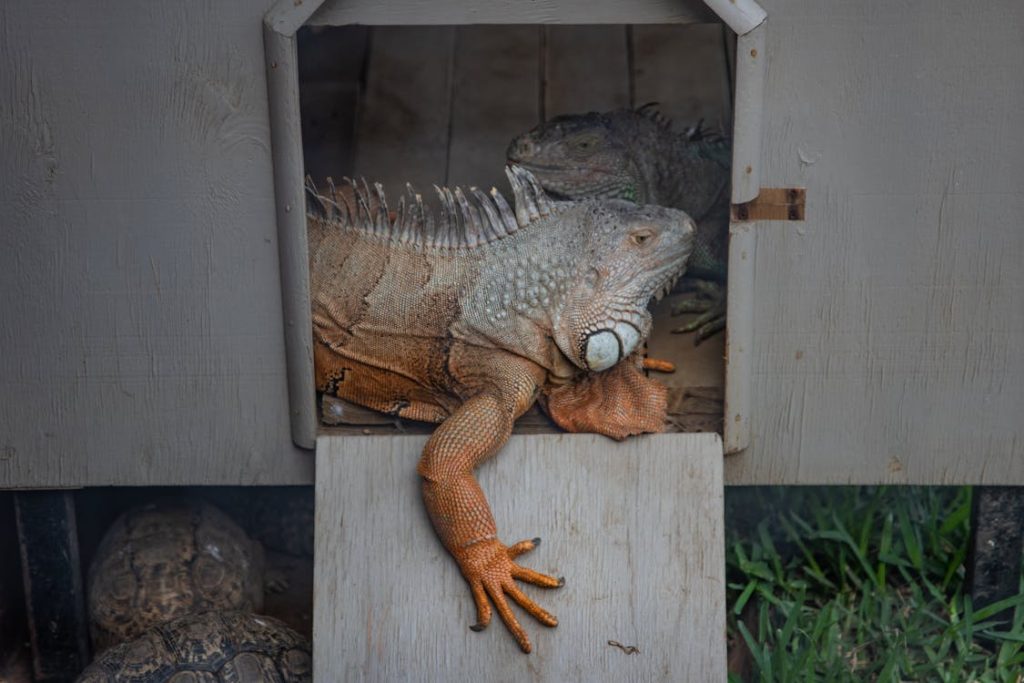
As Pets
The allure of small lizards extends into the realm of pet ownership, where species like geckos, anoles, and skinks have found a place in the homes and hearts of enthusiasts. These creatures offer a tangible connection to the wild and an opportunity to engage directly with the natural world, albeit on a miniature scale.
They challenge us to learn and adapt to their needs, fostering a sense of responsibility and curiosity about the broader web of life they represent.
Beginner lizards are often not that small, meaning they can be handled more easily. Some people opt for bearded dragons right away, while some go for other lizards.
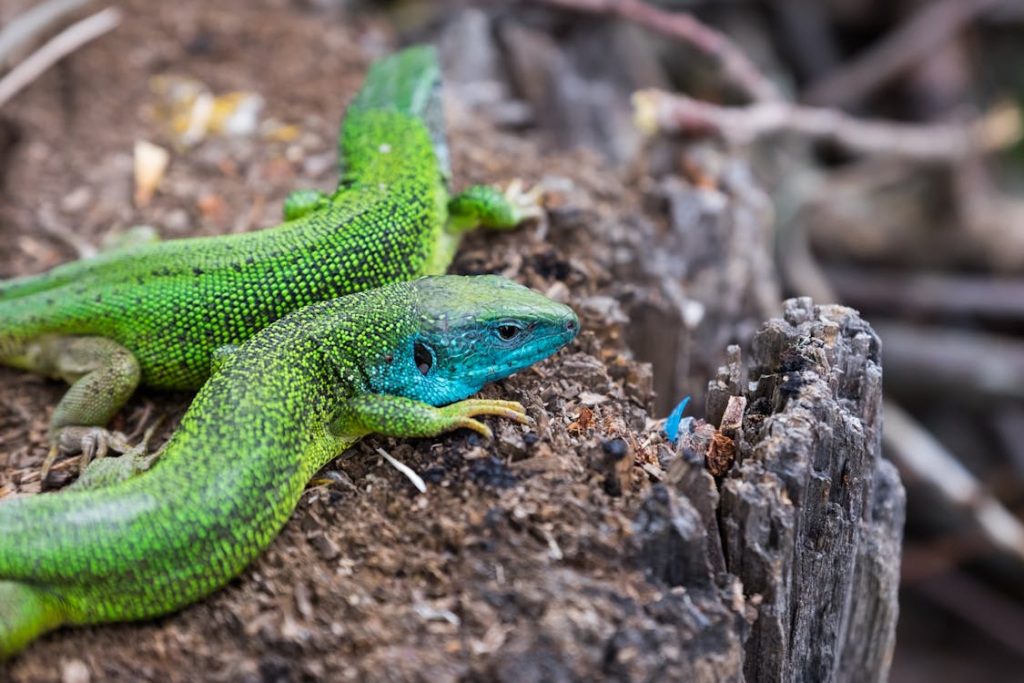
Symbolism
Moreover, lizards have slithered their way into the arts, serving as motifs in literature, movies, and visual arts, symbolizing everything from cunning and treachery to resilience and transformation.
Their depiction varies widely, illustrating the complex and often contradictory ways in which humans perceive these small but significant creatures.
In the modern world, conservation efforts have also highlighted the role of small lizards in human culture, drawing attention to the need to protect these creatures and their habitats.
By understanding and appreciating the cultural significance of small lizards, we can foster a deeper respect for their place in the natural world and our shared environment.
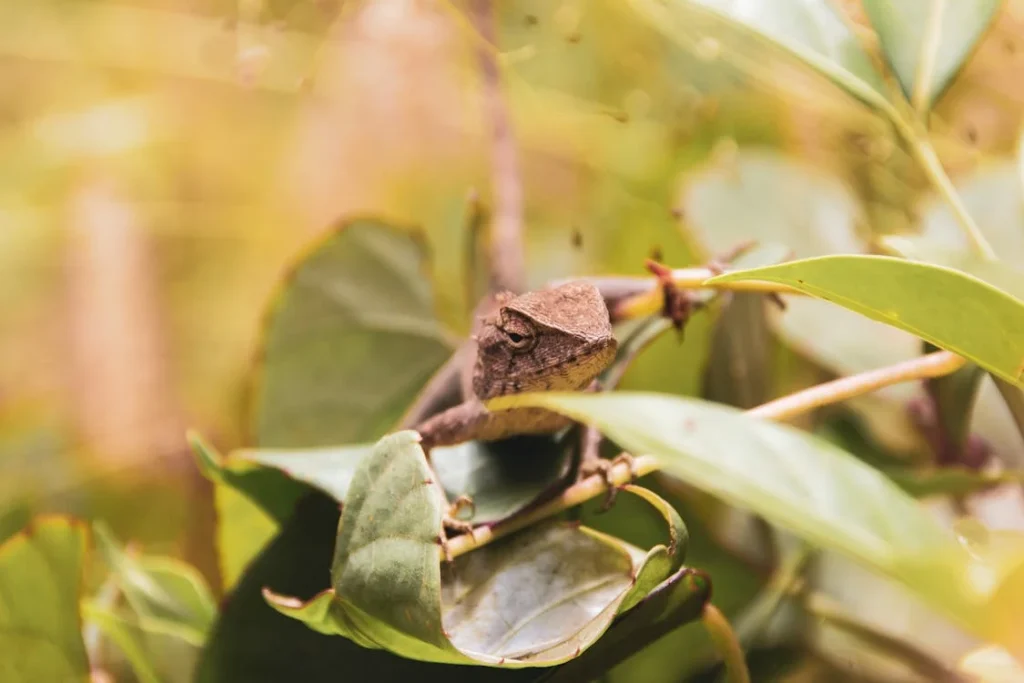
Conservation of Small Lizards
The conservation of small lizards is a pressing concern in the face of expanding human footprints and changing global climates.
These creatures, often overlooked due to their size and perceived commonness, face mounting threats from habitat destruction, pollution, invasive species, and climate change. Their habitats are fragmented by urban development and agriculture, reducing their living spaces and interrupting their natural life cycles.
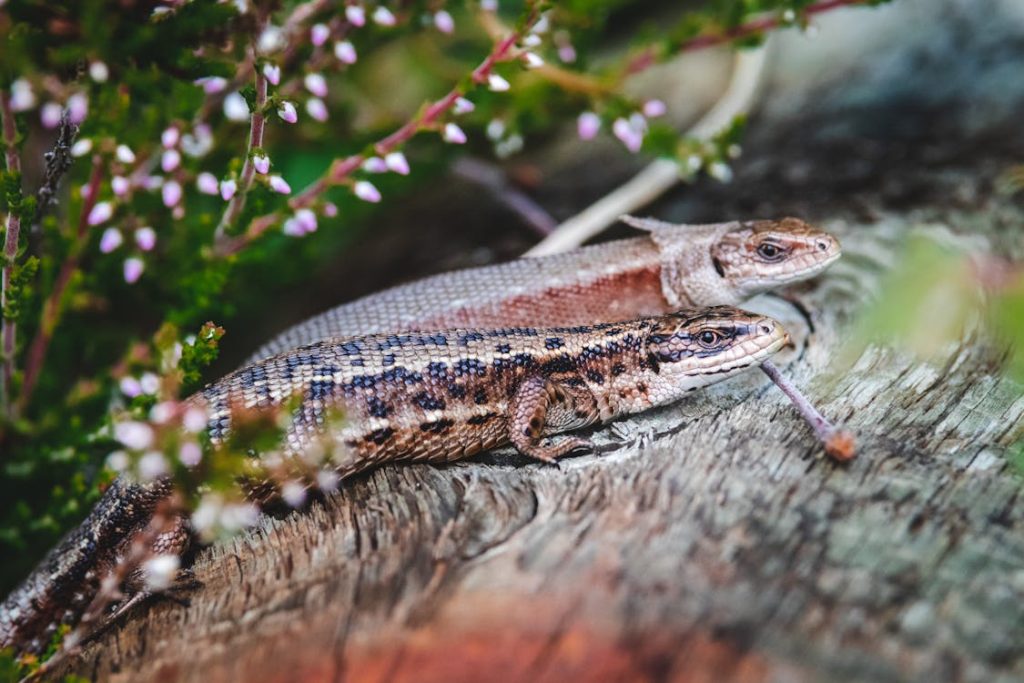
Threats
Conservation efforts for small lizards are multifaceted and aim to address these threats through habitat preservation, legal protection, and public education.
Initiatives include establishing protected areas to conserve critical habitats, implementing sustainable land management practices to mitigate habitat loss, and conducting research to better understand the ecological needs of these species.
Legal frameworks also play a crucial role in protecting lizards from overexploitation of wild populations and illegal trade.
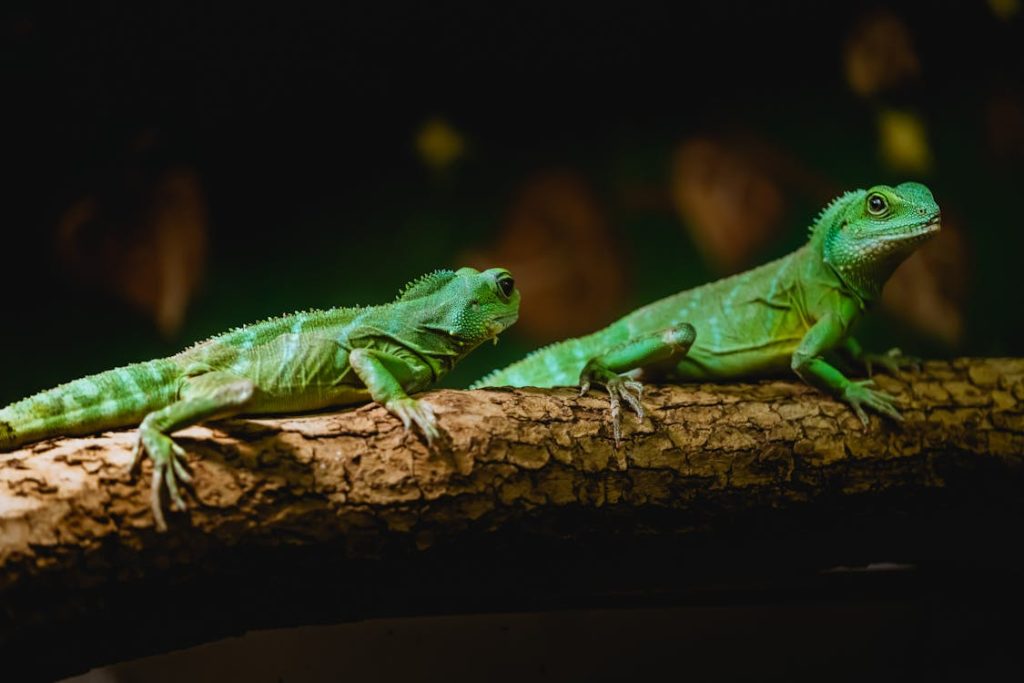
Conservation Efforts
Public education and community engagement are vital components of conservation work. By raising awareness of the importance of small lizards in ecosystems as pest controllers and indicators of environmental health, conservationists aim to foster a culture of respect and care for these reptiles.
Citizen science projects further engage the public in monitoring lizard populations, contributing valuable data that can inform conservation strategies.
In an era of biodiversity loss, the conservation of small lizards is not just about saving individual species; it’s about preserving the intricate web of life that sustains our planet.
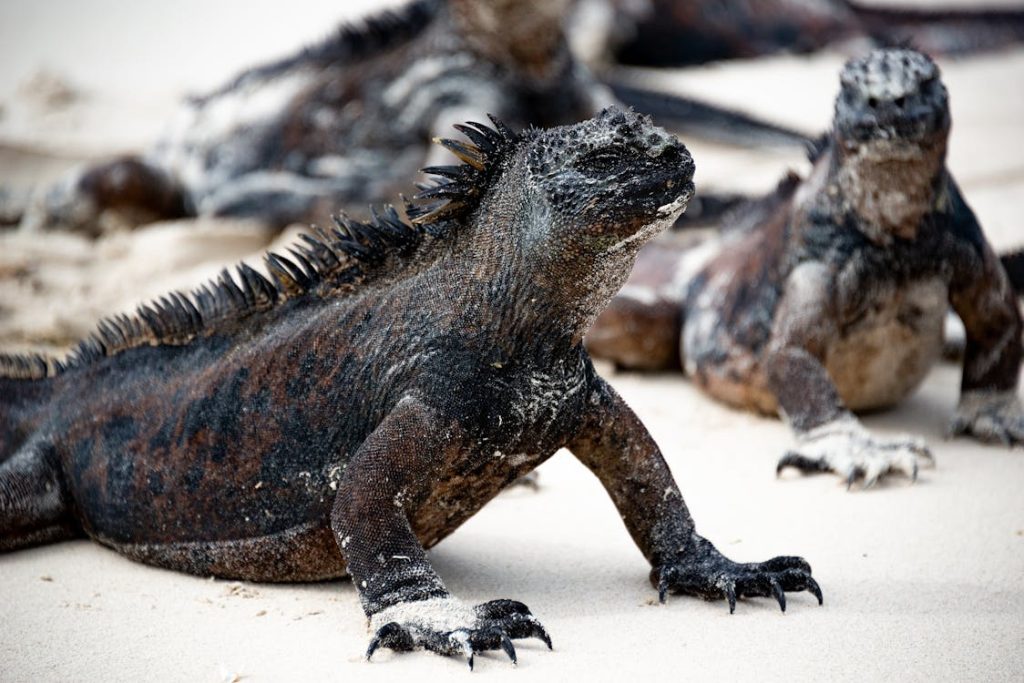
Through concerted efforts across global and local scales, we can ensure that these tiny titans of the reptile world continue to thrive for generations to come.
To Wrap Up
Whether they’re scaling your living room wall as a cherished pet or regenerating their tails in the wild, small lizards remind us of nature’s resilience and ingenuity. They invite us to look closer, to appreciate the smaller details in our vast and amazing world.
So the next time a tiny lizard catches your eye, take a moment to marvel at this little titan of the reptile realm. After all, big wonders often come in small, scaly packages.
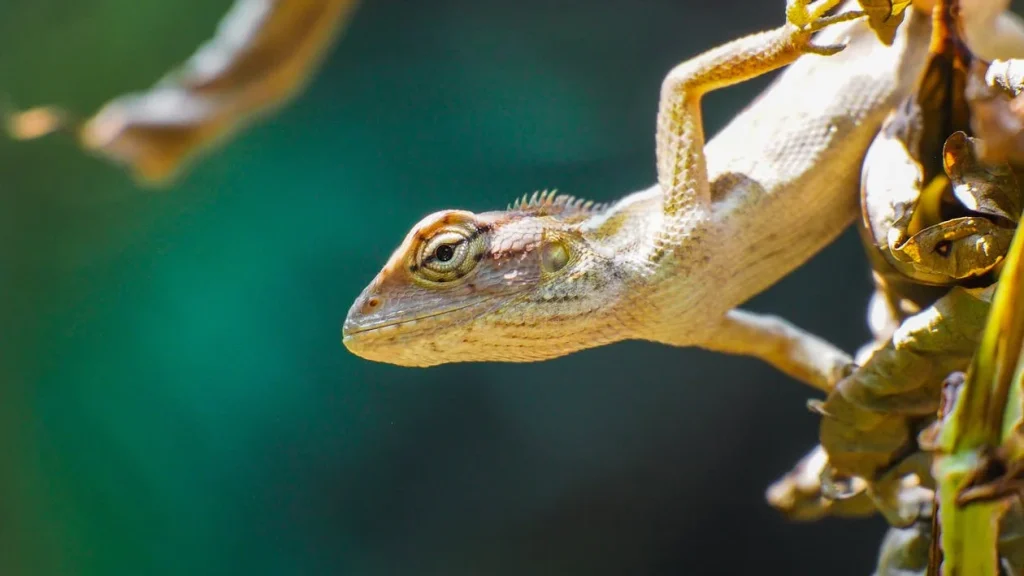
Remember, the world of small lizards is a window into the incredible diversity and adaptability of life on Earth. By protecting them, we protect a vital part of our planet’s intricate ecological puzzle.
Let’s keep the conversation going and our actions impactful, ensuring these small but significant creatures continue to thrive alongside us.

